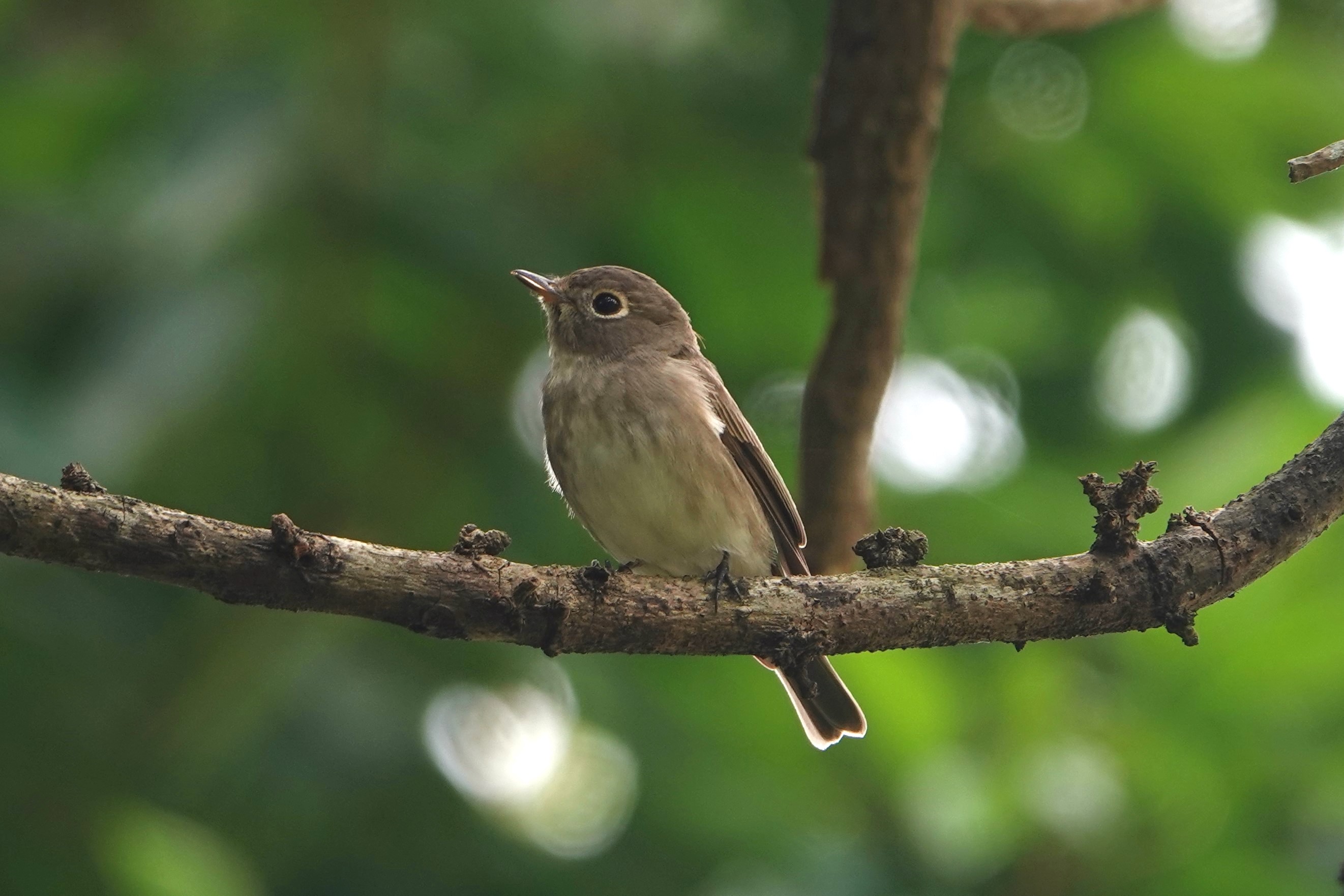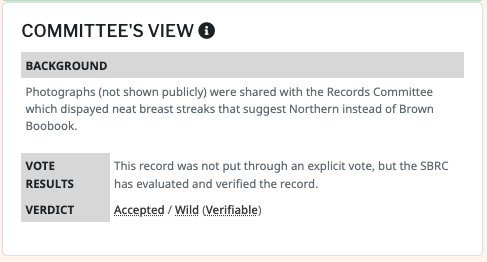By Raghav Narayanswamy
In a recent article, we covered hidden clues in the identification process which can come to your rescue with harder-to-ID birds. Appreciating these clues can help you put a name to your birds more easily – and as we’ve seen, calls can sometimes make or break an ID!
The next step is reporting your bird records. We’ve written previously on why you should share your bird records – it builds our community’s understanding of our birds. When the photos are good enough on their own to seal the ID, just upload your photos on the Singapore Bird Database, Facebook, eBird, or wherever else you post your bird records and you’re set!
Writing a good bird description involves all the points mentioned in our earlier article, but of course, it’s really mainly about what the bird looks like. Try to describe the bird systematically from head to tail, especially if you’re unfamiliar with what you’re looking at. There are a number of detailed articles covering the essential features of a good bird description, like this one, and the series of articles here. I’d highly recommend you check out these linked resources to get a clearer handle on what it means to describe a bird. This article is more about why the way that you report your birds is important.
Many birders in Singapore use eBird to report birds, and it can be a great tool for planning your birding based on reported sightings too. eBird is undoubtedly an excellent resource. With lackadaisical moderators, however, it can become far less effective and dubious records begin to proliferate, as they have recently. Our monthly reports often omit several records which are approved in eBird due to a lack of details. An unfortunate solution, given we have no way to follow up on nearly all these records, but it’s the price to pay for maintaining the integrity of the information.

There’s a simple solution: when writing descriptions for eBird, think about it this way – if an ordinary person were to come across this record in five, ten, or twenty years, what would they think? When we use eBird, our intended audience is not the moderators, not even just current birders, but birders and researchers of the future… eBird, like BirdSoc SG’s own Singapore Bird Database, is a living resource, and it should reflect that. That means we should put all the essential identification information not in a private text conversation, not in a group chat, but in the public domain. Apart from “continuing” birds – birds which stick around at a location for a while – we require good documentation to back up each and every one of the modern records in our database. And a word on that: a record isn’t continuing unless it’s of the same birds recorded; if one bird gets reported consistently and you see two or three, or if a juvenile bird was seen the day before but an adult the next day, it is not continuing at all. Evidence is important for these sightings! Same goes for our monthly roundups – we moderate the records in eBird before they’re displayed, because we find that even “confirmed” records in eBird sometimes lack the evidence needed to support the identifications, especially with the less common species.

At BirdSoc SG, our Records Committee works tirelessly to ensure data quality is upheld as part of our database. We transparently display all the submitted descriptions and pictures, and if the documentation of a rare bird doesn’t meet the standard, it can’t be accepted. Again, unfortunate sometimes, but it’s the price to pay for maintaining the integrity of our data. (Sometimes, we can’t display the submitted media because we don’t have permission to do so. In cases like these, we relay what we saw on the images that helped us identify the bird.) This isn’t just self-promotion – it’s what we think every platform should look like. It’s what’s right for birders of the present, but also birders of the future. When we are unable to accept a record lacking evidence, it certainly doesn’t imply that we don’t believe what you saw outright. It’s the exact opposite. That’s also why we use the “not accepted” framing for such records on our database, instead of something like “rejected” – we aren’t rejecting anything at all, but if the evidence isn’t sufficient, we just can’t accept the record. We need the evidence to be for those who come after us; just because someone might be a prominent birder today, that does not exempt the person from providing proper descriptions. Again, ten, twenty years later, the name of the observer becomes much less important than the actual evidence available.

So let’s maybe all add in a belated line into our New Year’s resolutions… Let’s ditch the one-word descriptions that don’t really achieve anything. For scarce and rare birds, uploading pictures or audio with records where possible and adding descriptive details that help to give a sense of how the bird was identified – these make it easier for people to agree with you and eliminate unnecessary confusion surrounding records. They also can be scrutinized by birders and scientists of the future, something which can’t happen unless records are supported by proper documentation.
Keeping good records matters, as we’ve discussed before, so let’s all do our part to make it possible – happy birding!

